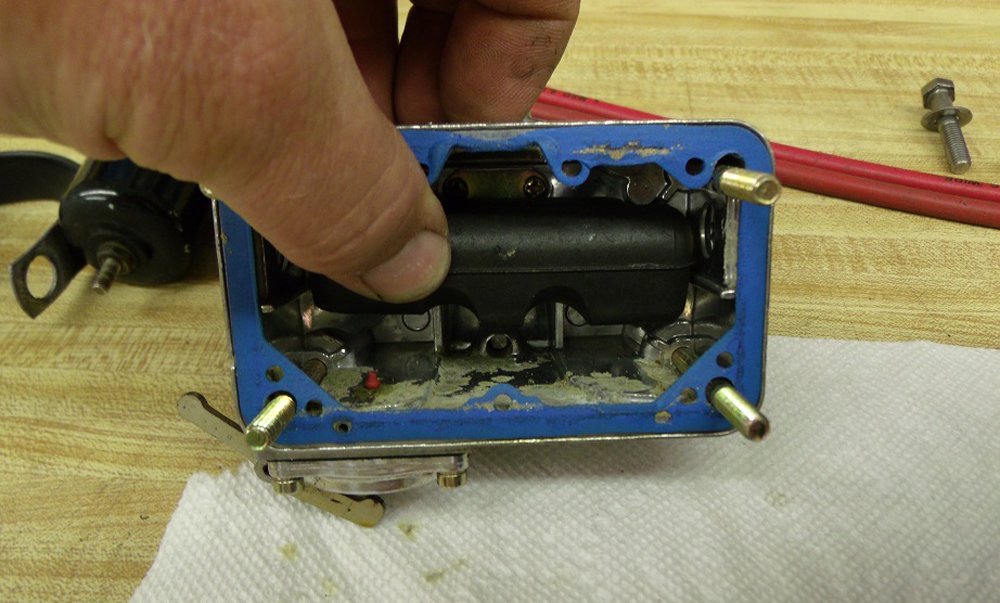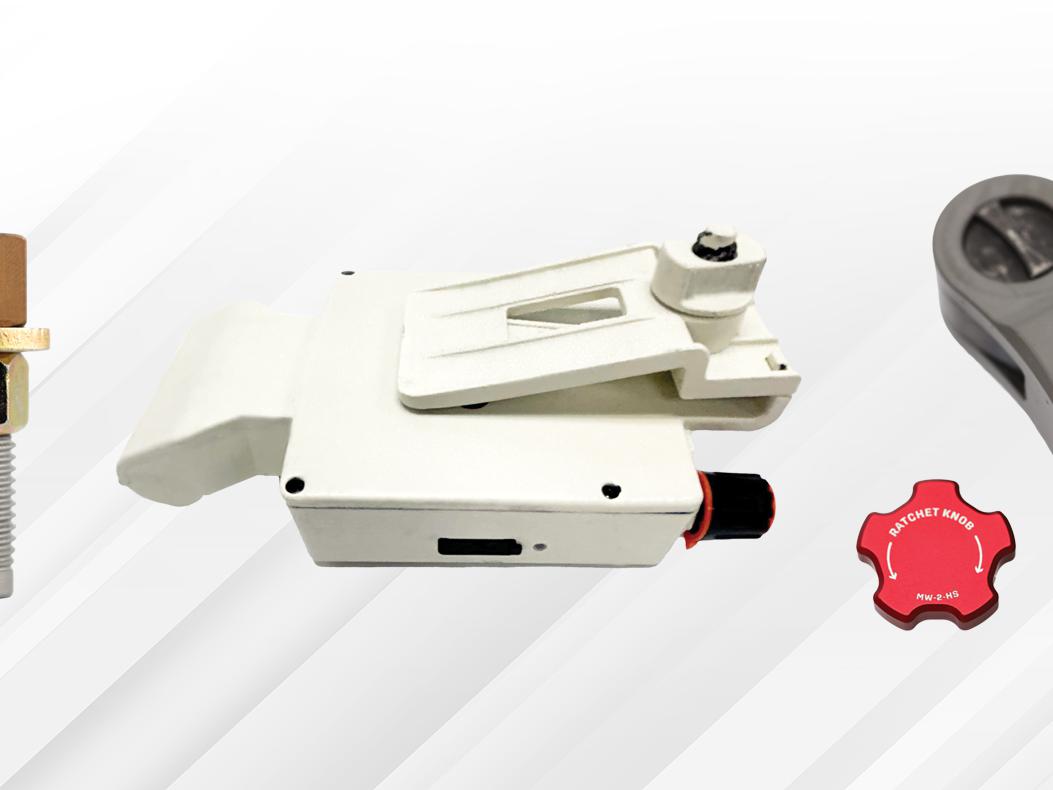Ask the Experts: Oxygenated Fuels
Oxygenated fuels can really help “the circle track racer or road racer where there’s a lot of rapid acceleration and deceleration,” said one of our sources. “That’s where the benefit of the fuel’s low- to mid-range torque improvement is key.”
Why it’s important to understand the benefits, and limitations, of using fuel with a higher oxygen content.
Introducing more air into the combustion process is a sure-fire (pun intended) way to increase power. Getting that extra air into the combustion chamber can take many forms, from air/fuel mapping to forced induction or nitrous oxide injection.
Another means is through the use of fuel with a higher oxygen content than conventional race gas.
Oxygenated Fuel
We have the US Environmental Protection Agency (EPA) to thank for pioneering the use of gasoline with extra oxygen content. As Ron Finney of Renegade Race Fuel in Bowling Green, Kentucky, explained, oxygenated fuels “were developed and used by the EPA to lean the air/fuel mixture to try to reduce hydrocarbon emissions. People figured out that with more oxygen in the fuel, you can burn more fuel in a given period of time. It doesn’t require as much outside air, so you can burn more of it and make more power.”
“The oxygenates used in fuels are mainly ether or alcohol-based molecular compounds that carry an oxygen molecule,” explained Freddie Turza of VP Racing Fuels, San Antonio, Texas. “This enhances combustion and can assist the engine to become more efficient. Most of them also raise the octane value, the number value that relates to the resistance to detonation. Oxygenated fuel can aid in complete combustion and less disturbance in the flame propagation in the combustion chamber.”
Because the oxygenates “dramatically change the Stoichiometric value of the fuel,” Turza said, more of it has to be burned to make this additional power. “Also, this changes the BTU value. In most cases it lowers the energy of the fuel, requiring more to meet the same energy value of the previous fuel.”
That means fuel systems need modification to run oxygenated fuels, including “greater output fuel pumps, injectors compatible with some of the oxygenates, or increased size in carburetor jets,” Turza said.
Both Finney and Turza pointed out that the oxygenated compounds in these fuels can be hard on fuel system components. “There are stories out there about some company’s fuels that eat up the float bowls, eat up the jets, degrade the fuel system hoses, pumps, and everything else,” Finney said. “That’s just a product of putting too much oxygenate in the fuel. When done properly, there are things you blend in the fuel to mitigate that so there really are no negative effects to the engine.”
A bigger downside, Finney believes, is that oxygenated fuels “have a shorter shelf life than a typical, non-oxygenated fuel product. For an automotive race fuel that’s 5% oxygen, we say a year or a year and a half is a good shelf life.” The fuel will still work beyond that period, he added, “just not at the level it was when it was still new.”
That level—the amount of additional power produced by oxygenated fuel—can be misunderstood, Finney said. “Oxygenated fuels really tend to help the midrange, the acceleration of the engine. Everybody gets on a dyno looking for peak numbers, and if that’s all they’re looking at, they may feel the 15 or 20 horsepower isn’t really worth it for the cost of the fuel. But they totally forget to look at the dyno curve and how much torque increased in the midrange, how much acceleration increased. What moves a vehicle around a track or down a drag strip is that acceleration. We try to get engine builders and racers to look at the whole dyno curve before they make the decision whether it’s worth it or not.”
Ethanol
Another way to introduce more oxygen into the combustion process is through the use of an ethanol fuel blend, such as E85. “Ethanol has some incredible benefits to it, especially from a performance standpoint,” said Ian Lehn of BOOSTane, Cincinnati, Ohio. “But we want to manage expectations, so racers understand the world they’re stepping into and what they need to be conscious of.”
Among the benefits racers get from using E85 is its latent heat of evaporation, Lehn said. “It’s like a chemical intercooler. As ethanol is sprayed in an engine, it’s cooling down the charge temperature. When you can cool down your intake temperatures, you can run a more aggressive tune and get more power out. Also, ethanol has a higher effective octane to the fuel itself, though people more often than not overestimate what they think the octane of ethanol is. If someone made 500 horsepower on 103- or 104-octane race gas, and made almost 500 horsepower on E85, they think it must be 103 or 104 octane. Not quite. There are other benefits in E85 that help it achieve the performance that mimics higher octane fuel.”

E85 at the pump usually costs about 30% less per gallon than gasoline. “But ethanol fuel is also 30% less efficient from a brake specific fuel consumption standpoint,” Lehn said, “so that 30% drop in efficiency requires more fuel to be used. Usually the first step in going toward an ethanol system is to upgrade the injectors. You have to have the capability of spraying a whole lot more fuel in the system reliably to make the whole thing work.”
Lehn also noted that ethanol is “hydroscopic. It has a natural affinity to absorb water out of the atmosphere, so racers must be careful leaving fuel for any extended period of time because it will start to phase separate and pull water into the fuel and fuel system.” That can leave deposits on carburetor components, clog fuel injectors, “and have corrosive effects on rubber fuel lines and any type of soft valves and seats,” he said.
“These are really two different fuels,” Lehn said of E85 and oxygenated fuels. “E85 is predominantly an alcohol-based fuel, while anything under 50% is predominantly gasoline.” The choice, then, comes down to “how you’re trying to benefit from the fuel. You’re either tuning entirely around ethanol or alcohol, or you’re trying to get the benefits that alcohol provides an oxygenated fuel in terms of burn rate and flame propagation.” Whether a racer chooses an oxygenated fuel or an ethanol-based fuel, “any system should be optimized to exactly what the fuel is.”
 MEMBERSHIP LOGIN
MEMBERSHIP LOGIN JOIN PRI
JOIN PRI


